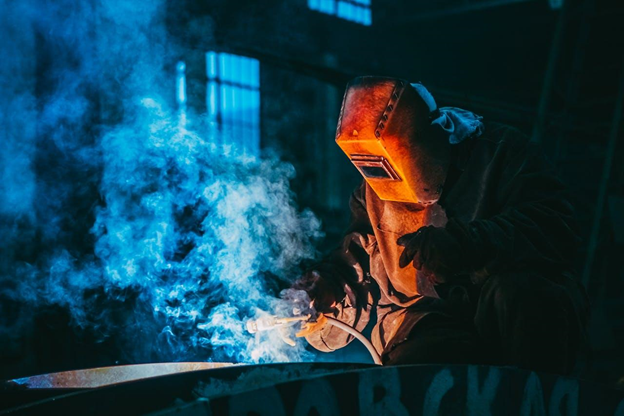Vision is vital when it comes to welding. Not only does accurate vision ensure precision in your work, but it also plays a critical role in preventing accidents and maintaining overall safety. For welders, a slight miscalculation due to poor vision can lead to serious injuries or defects in the final product.
Welders often encounter several vision-related challenges. Common issues include eye strain, dry eyes, and blurred vision. Prolonged exposure to intense light and inadequate protection can exacerbate these problems.
Additionally, older welders might struggle with age-related vision decline, making it harder to see fine details. In this post, we will cover strategies that address common vision issues and enhance overall safety measures.
Regular Eye Exams and Proper Eye Protection
Ensuring regular eye exams is crucial for welders. These exams can detect early signs of vision problems and provide timely interventions.
Eye protection is equally important. Wearing high-quality safety goggles or helmets with appropriate shading can shield your eyes from harmful UV rays and flying debris.
It’s essential to choose eye protection that fits well and offers comprehensive coverage to prevent any gaps that could expose your eyes to hazards.
Optimal Lighting and Workspace Organization
Proper lighting in the workspace is pivotal for welders. Adequate illumination can reduce eye strain and improve visibility, allowing for more precise work. Organizing the workspace to minimize clutter and obstacles can also help in maintaining a clear line of sight.
Ensuring optimal lighting and a well-organized environment can help welders can reduce the risk of accidents and work more efficiently.
Use Magnification and Auto-Darkening Helmets
For tasks that require complex detail, magnification tools can be a game-changer. Magnification aids like reading glasses or magnifying lenses integrated into helmets can enhance clarity.
Auto-darkening helmets, such as the popular pancake hood, automatically adjust the shade level based on the intensity of the light, providing consistent protection and reducing the need to constantly lift the helmet. These tools can significantly improve visibility and reduce the strain on the eyes.
Implement Breaks and Eye Exercises
Taking regular breaks is essential for preventing eye fatigue. During these breaks, performing simple eye exercises can help maintain eye health. Techniques such as focusing on distant objects, blinking frequently, and rotating the eyes can relieve strain and improve overall vision.
Incorporating these practices into the daily routine can have long-term benefits for welders.
Invest in Advanced Welding Technologies
Advanced welding technologies can mitigate many vision-related challenges. Investing in such equipment can be a worthwhile long-term strategy to improve both safety and efficiency.
Tools such as advanced welding helmets with built-in cameras and augmented reality displays provide welders with a clearer view of their work. These technologies can enhance precision and reduce the risk of errors caused by poor visibility.
Follow Healthy Vision Habits In and Out of Work
Maintaining healthy vision habits is vital for welders, both on and off the job. This includes eating a balanced diet rich in vitamins and minerals that support eye health, staying hydrated, and ensuring adequate rest.
Avoiding excessive screen time and practicing good hygiene can also help in maintaining healthy eyes.

